"Do all lovers feel like they're inventing something?" the betrothed Heloise whispers to Marianne, the young woman hired by her mother to surreptitiously paint her portrait as a promise of her marriage to a Milanese nobleman in Portrait of a Lady on Fire.
Tasked with posing as a walking companion to ultimately paint Heloise's portrait without her knowledge because the young woman rejects the marriage, Marianne drinks in the visage of her soon-to-be lover. She pauses to take mental snapshots of the ear she will later kiss, the hands that will eventually entwine with hers and that will intimately know her. Marianne, one of a few women who painted portraiture work circa 1760, then retreats to her quarters in a remote house inhabited solely by women in Brittany (Heloise's mother and the servant Sophia are the others) where she renders Heloise's portrait from memory.
Following walks on the windswept beaches and an oral reading of Orpheus and Eurydice in which the women critique Orpheus's deadly male gaze, Heloise returns Marianne's look full stop. The result is a palpable depiction of director Celine Sciamma's idea of the "eroticism of consent," in which she defines the cinematic language of the long-debated female gaze while simultaneously re-mystifying the dizzying experience of falling in love. And Portrait of a Lady on Fire, a work of cinematic art as fine as the art, poetry, and orchestral music to which the film pays homage, is destined to be revered, adored, and deconstructed for decades to come. But for all there is to be gleaned from the film's theoretical acumen, it's also deeply romantic and sexy.
"I wanted to write a love story and to dedicate the film to love, the patient buildup of love and looking through desire and the presence of a love story but also the memory of a love story," Sciamma tells The Advocate about her inspiration for the film that won the Queer Palme at the Cannes International Film Festival in 2019.
"[I] also wanted to have a creative dialogue within a love dialogue, and just talk about women artists," Sciamma says of her film, which also addresses the lack of representation that existed around women's issues, like abortion, at the time. A subplot includes Marianne and Heloise helping Sophie (Luana Bajrami) to seek an abortion and then painting imagery of the event. Sciamma included the story to give back to women whose stories didn't exist because the patriarchy controlled the narrative and there were no women painters allowed to depict such stories.
A queer woman whose work includes the LGBTQ and feminist-themed Water Lilies, Tomboy, and Girlhood, Sciamma emerges a bona fide auteur with Portrait of a Lady on Fire. Her mission to suspend love in a memory also provides a road map for an equitable exchange of desire that helps define the female gaze, which is so much more than simply placing a woman in the director's chair.

"You don't see men in this movie. You just feel the borders that society puts on these women, and it's about how they fit in the frame, how they find their freedom, and how the sorority takes place in the way that there is no hierarchy between them," Noemie Merlant, who plays Marianne, tells The Advocate. "They're treated equally, and it's the intimacy -- how their dresses are tight, how they are allowed to not smile. When they [do] smile it's because it's sincere and true, and it's how they love, what they talk about. When women are together, they don't talk about men all of the time."
Marianne is initially the bearer of the look while Heloise (out actress Adele Haenel of Water Lilies and BPM) isn't privy to her role as the artist's model for several days into their forming a bond. Before long, Sciamma, who also wrote the script, levels out the power dynamics between the women, and an egalitarian exchange of art, music, and myth follows. Marianne comes clean to Heloise about her purpose at the remote house, and the reluctantly betrothed agrees to sit for the painter. Heloise gazes equally at Marianne while she works.
"It's a decision not to objectify people," Sciamma says of the female gaze, a theoretical term that seeks to provide a counterpoint to the "male gaze" defined by scholar Laura Mulvey in her 1973 essay "Visual Pleasure and Narrative Cinema."
"[The female gaze] is not only by not showing them naked or dominated -- that's what being objectified is. [To make it] so you're not the subject," Sciamma says. "Basically, [Portrait of a Lady on Fire] is only about subject."

Adele Haenel, Noemie Merlant, and Celine Sciamma
Eventually, Marianne and Heloise consummate their relationship, and the way in which their yearning unfolds cements Sciamma's "eroticism of consent."
"Regarding eroticism, it was all the eroticism of consent. The first kiss scene is shot like that. They both unveil their mouths. They're both saying yes to this, and this is new and sexy," Sciamma says. "This is not like the usual scene. Each time somebody touched somebody, they asked."

Portrait of a Lady on Fire is about many things including art, love, female agency, cinematic language, and the gaze.
Sciamma is sanguine about the fact that the film she's made will no doubt be studied in film and gender studies classes for generations. In it, she's challenged and deconstructed the Orpheus myth. The male gaze literally kills Eurydice, she says. She adds that she had been looking for something for Marianne and Heloise to "Netflix and chill" with, and she arrived at the myth in which the female lover dies a second time because Orpheus, knowing Eurydice will die if he looks upon her too soon, gazes at her before they've passed out of the underworld. The re-contextualizing of the Orpheus myth serves as a metaphor for Heloise's wedding and also provides an opportunity for Sciamma to re-center that centuries-old story.
"We are looking at love here, so we are looking at breathing, touching of the skin, choreography, distance between two bodies," Sciamma says. "[The] female gaze is also about asking, when you create an image, 'Have I thought about this enough? Or am I just making another image?'"
"To me, it's against convention. [The female gaze] is really a fight against convention," she says.











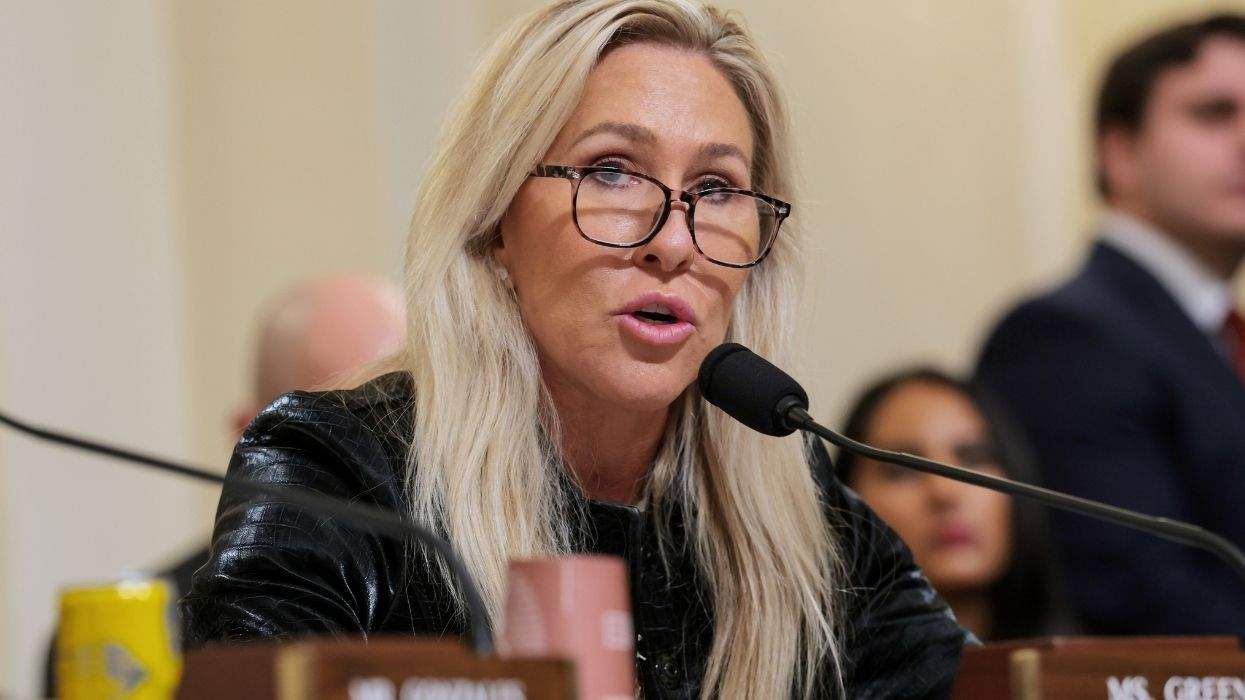
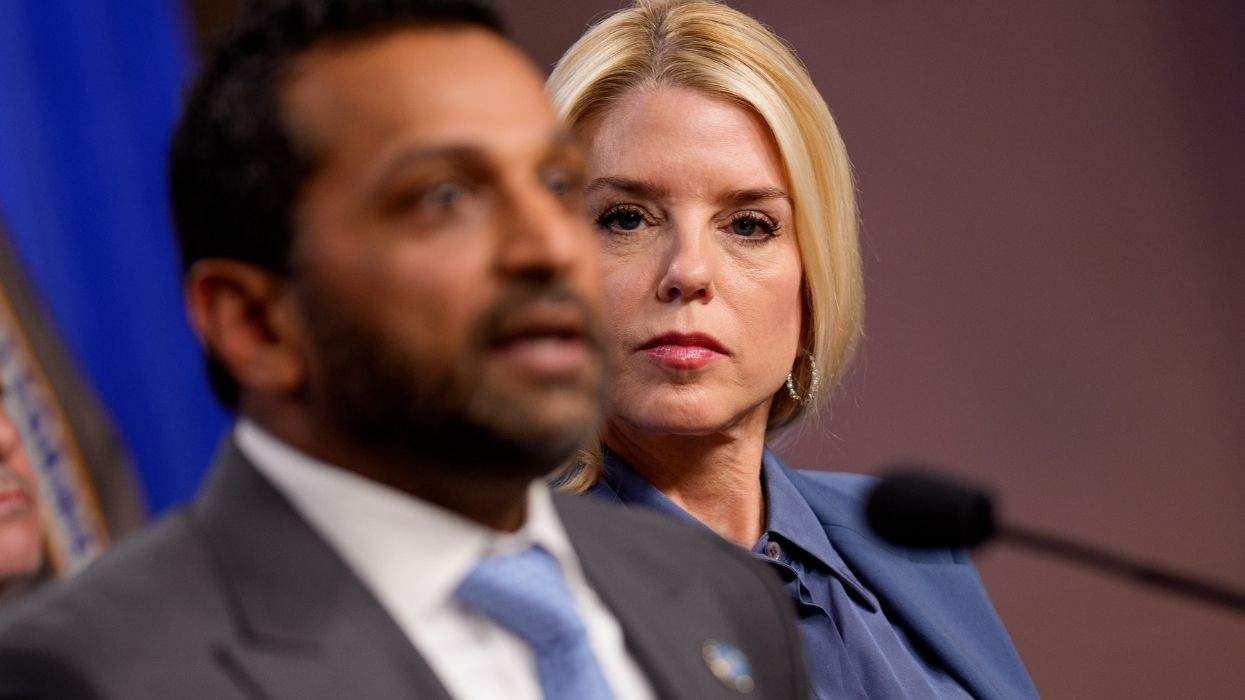
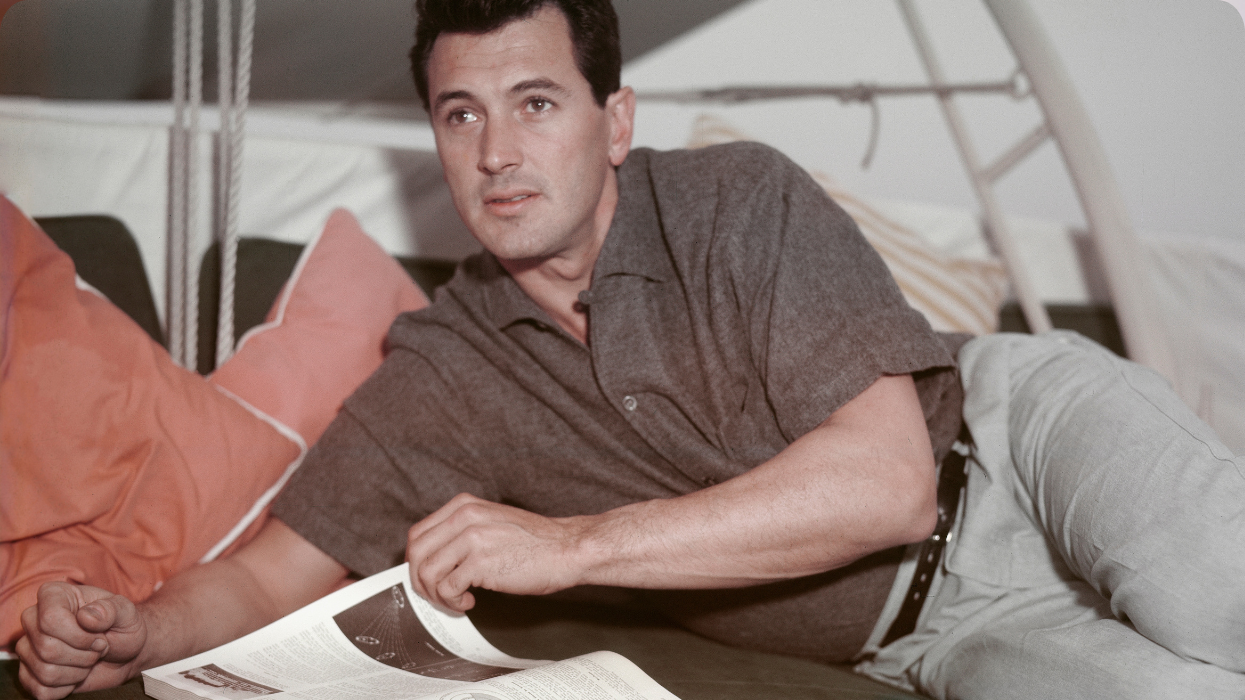


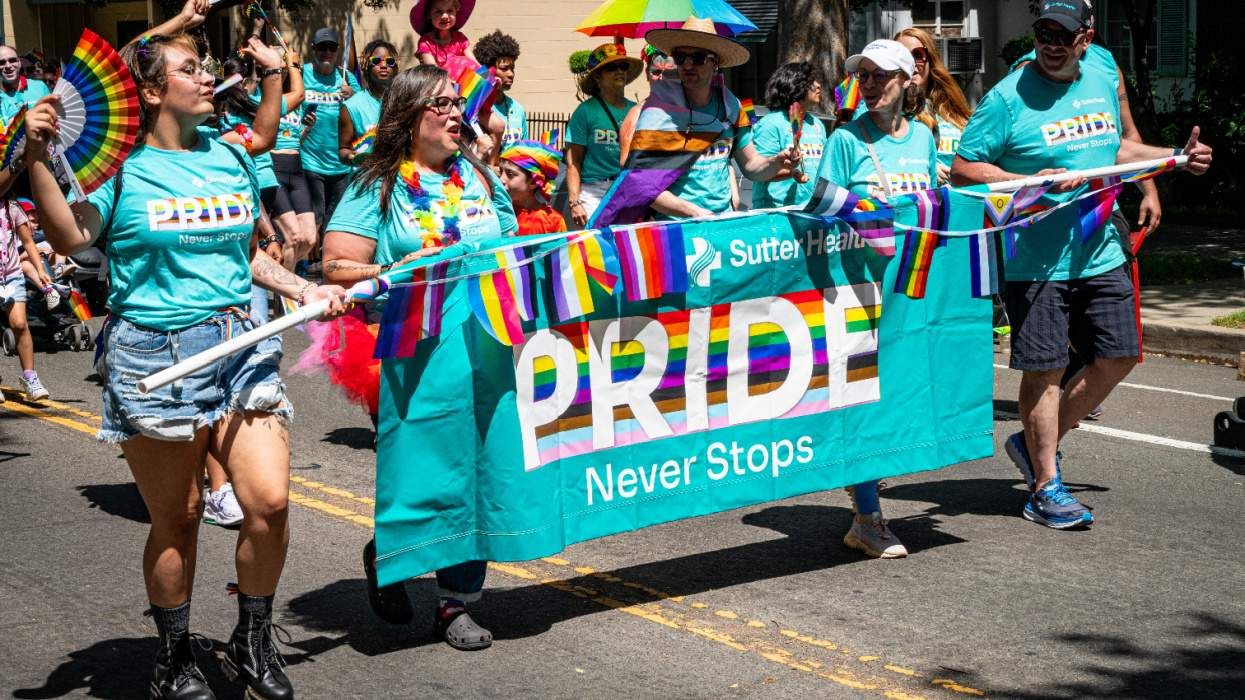
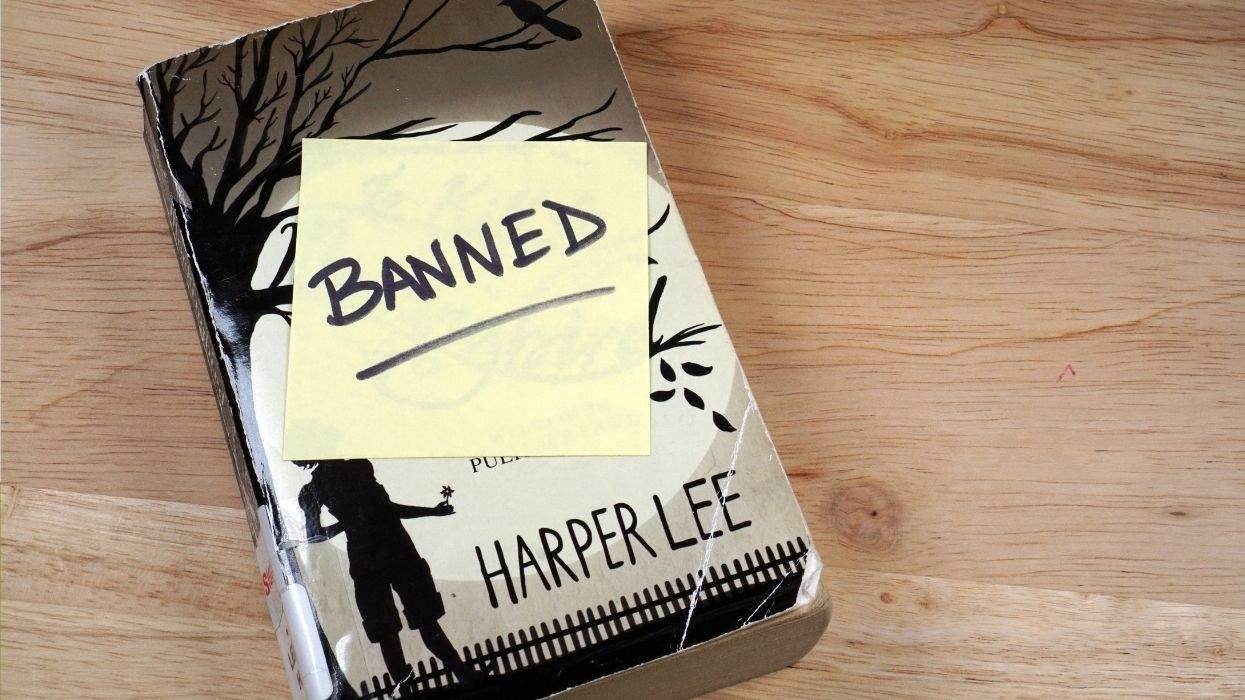






















































Charlie Kirk DID say stoning gay people was the 'perfect law' — and these other heinous quotes